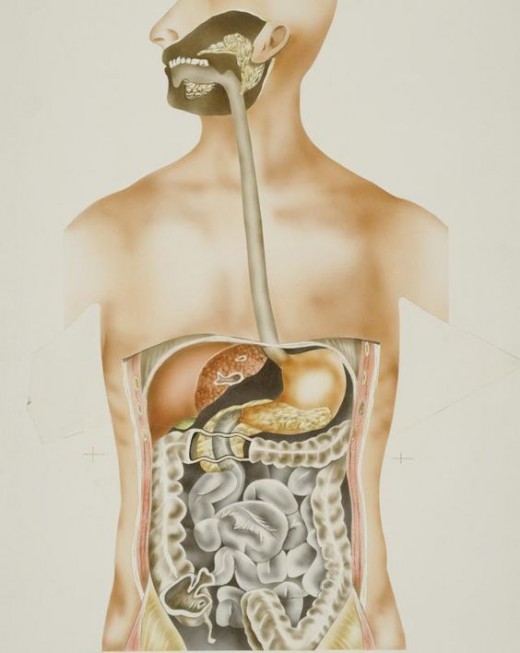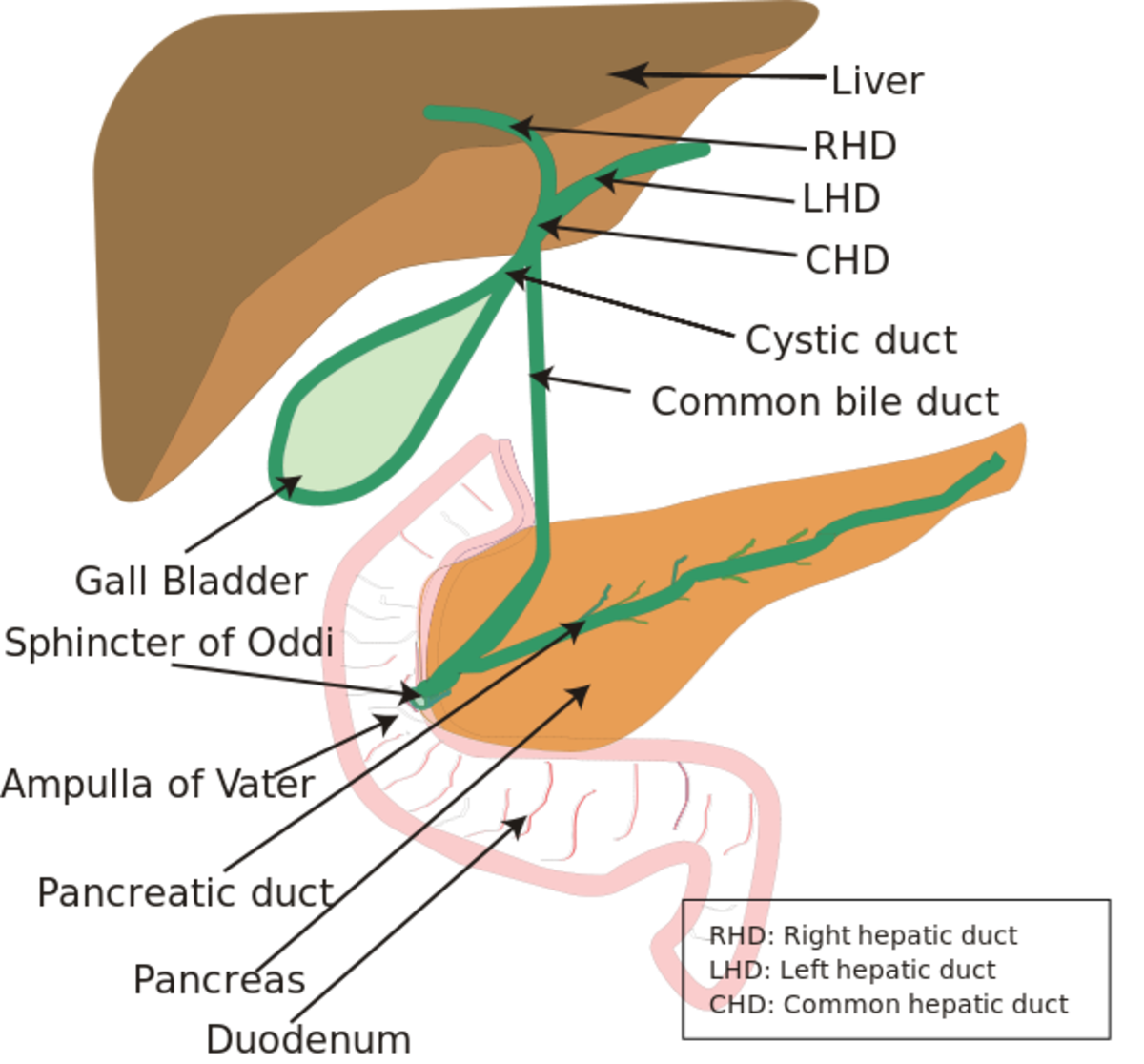GASTROINTESTINAL TRACT AND ACCESSORY ORGANS
digestion and absorption of food
Physiologic functions
The digestion and absorption of the food a person eats is accomplished in the gastrointestinal tract through a series of intimately related secretary and neuromuscular mechanisms. In this normal network of functions was summarized. This background now forms the basis for a study of problems related to the gastrointestinal tract. Any disease state can best be understood in terms of the specific interference it brings to the normal function involved at that point. Thus the general dietary modifications used in disease states relate specifically to the normal physiologic operation of the organs involved.
Psychologic influences
The individual’s particular emotional makeup and manner of dealing with life's day-to-day problems and challenges will often be reflected in the functions of his digestive tract. The gastrointestinal tract is indeed a sensitive mirror of the individual human condition. Its physiologic functioning reflects both physical and psychologic conditioning. In helping to adapt diet therapy for patients with gastrointestinal problems, the health worker will be dealing not so much with a specific food item per se as with the state of the body that receives it. Far more truth than mere humor exists in the statement “Surrounding every stomach there is a person”.
Factors involved in diet therapy
Diet therapy for various gastrointestinal problems, therefore, will be determined by a consideration of four basic factors involved:
- Chemical Secretions – the secretory functions that provide the necessary environment and agents for chemical digestion.
- Muscle activity and structural integrity – the neuromuscular functions and their structures that provide the necessary motility and mechanical action for digestion and move the food mass along
- Absorbing mucosa – the absorptive functions, which enable the end products of digestion (the nutrients) to enter the body’s circulation and nourish the cells.
- Psychologic factors – the person himself and his coping mechanisms
Now these factors involved in diet therapy will be considered in relation to each successive section of the gastrointestinal tract:
(1) Mouth and esophagus,
(2) Stomach and duodenum, and
(3) Intestines. Also involved are two additional concerns:
(1) Food intolerances and allergies and
(2) The accessory organs liver, gallbladder, and pancreas.
digestion




